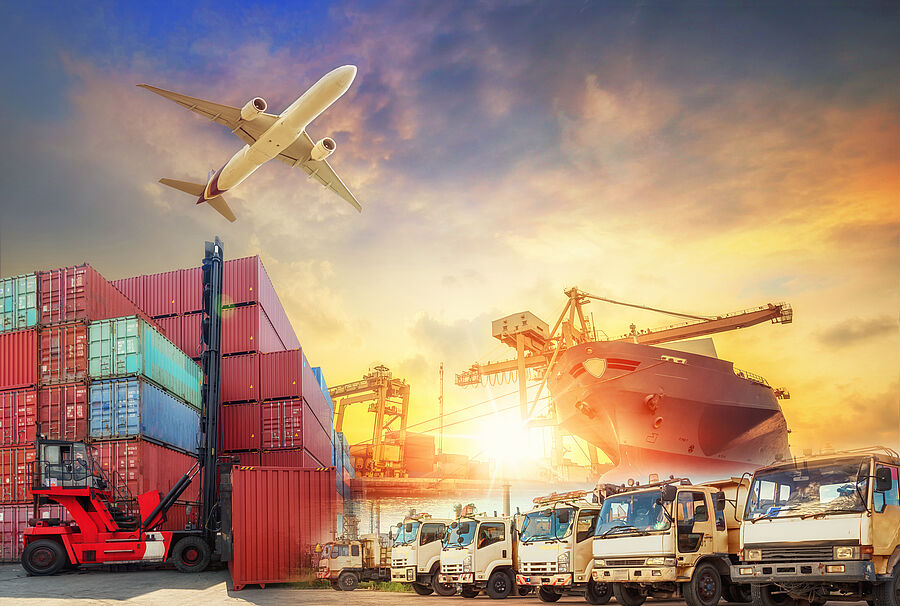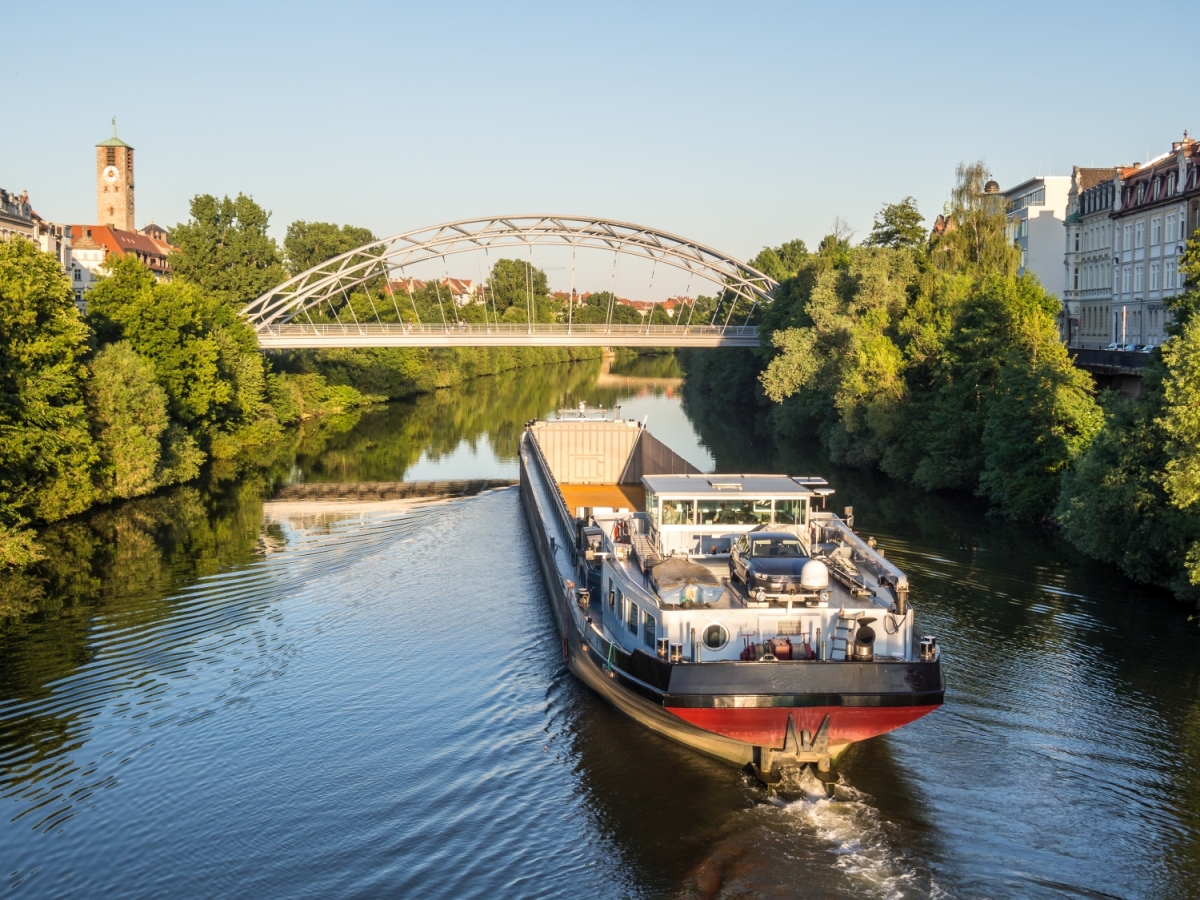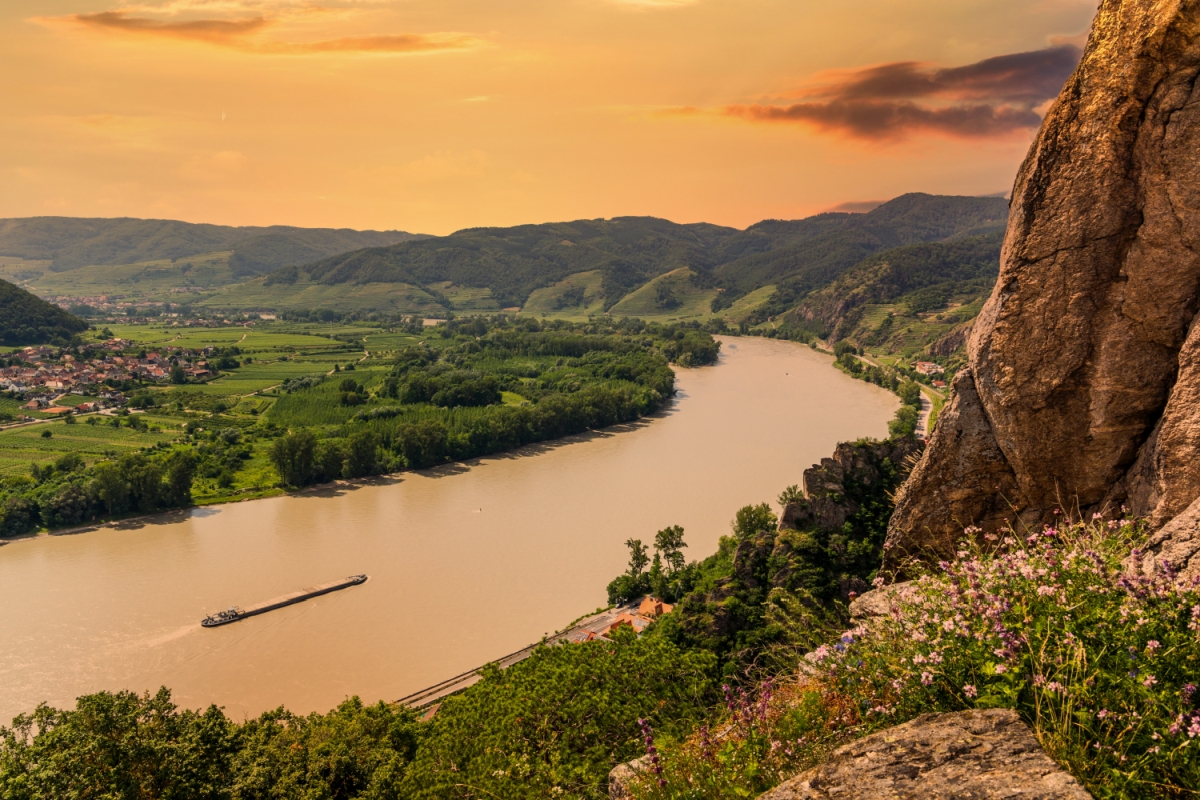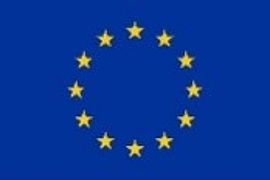Innovation driven Collaborative European Inland Waterways Transport Network
In order to support the European Commission’s ambition to reduce the greenhouse gas emissions generated by (freight) transport by two thirds by 2050, IW-NET provides multimodal optimization processes across the EU Transport System. This is especially the sustainable integration of inland waterways into the mobility system and more particularly into the TEN-T network (Trans-European Networks – Transport). For this purpose, IW-NET will address three main topics covering the infrastructure, the transport equipment as well as the organization of transport:
- Digitalization
It is necessary to come up with a proactive and forward-looking transport planning in transport logistics – independent of the modes of transportation used. However, for integrating inland waterways, it is necessary to consider additional constraints and conditions. Therefore, special focus will be laid on the planning of inland waterway operations in urban areas as well as on the long-haul transport – on the one hand with demand predictive routing (e.g., dense areas) and on the other hand with data driven optimization with respect to navigability in uncertain water conditions (e.g. high-waters). - Sustainable Infrastructure and Intelligent Transport Management
Along the inland waterways bottlenecks like locks are hindering the free flow of vessels. Therefore, focus will be laid on intelligent lock management strategies to reduce uncertainties in freight forwarding (e.g., improve reliability of estimated time of arrival). Based on this, berth planning (including planning of shore power supply and other services) is considered. - Innovative Vessels
Due to changes in the requirements for inland waterway transportation, changes in the vessels are needed. E.g., automation in urban distribution needs to be considered. Adaptions to changing environmental conditions (e.g., longer and more extreme high and low water seasons) are carried out such that new push boats and/or barges are developed increasing the capacity (and therefore the (cost) efficiency) along inland waterways. The integration of GALILEO navigation system is addressed as well.
The research activities are accompanied by Living Labs which will on the one hand provide essential input on requirements and constraints and on the other hand will demonstrate the developments of IW-NET in real-world operations.






